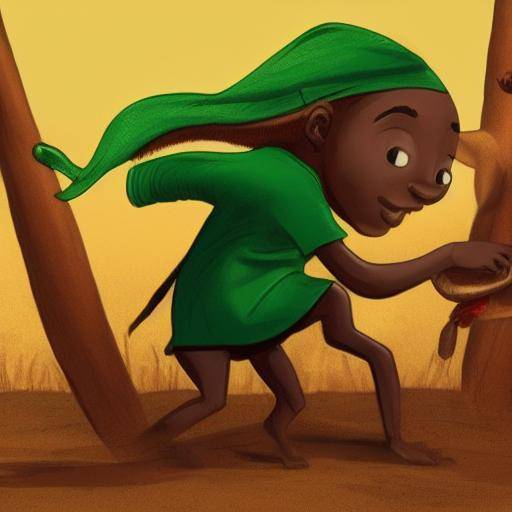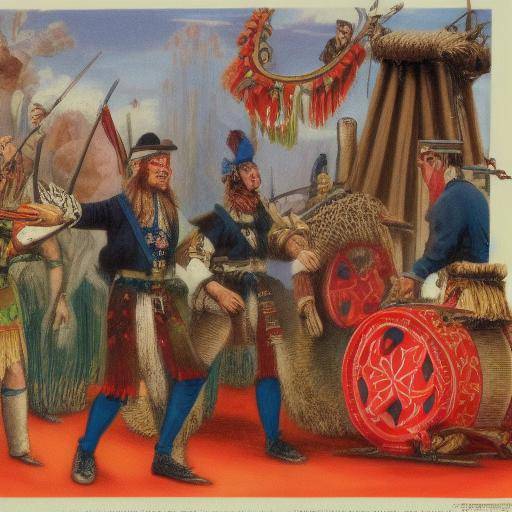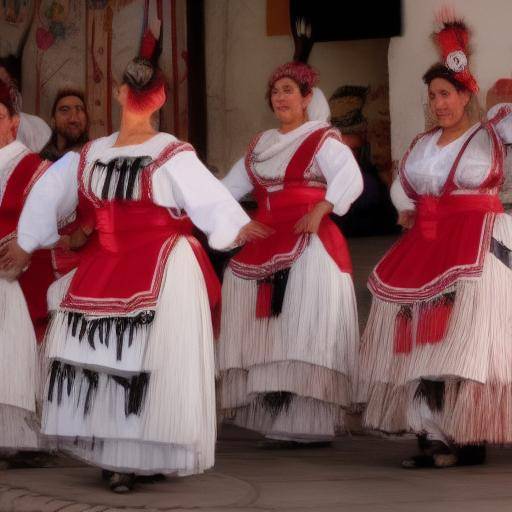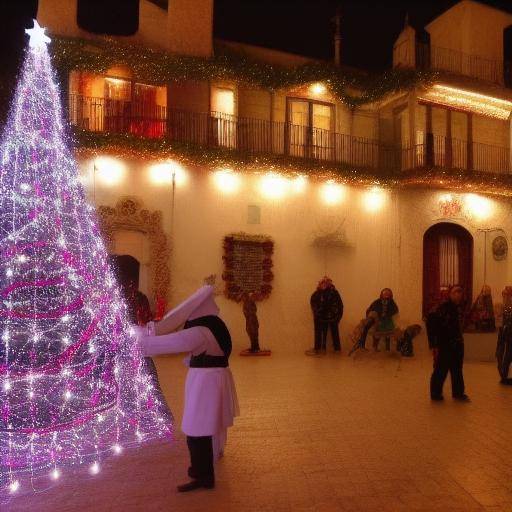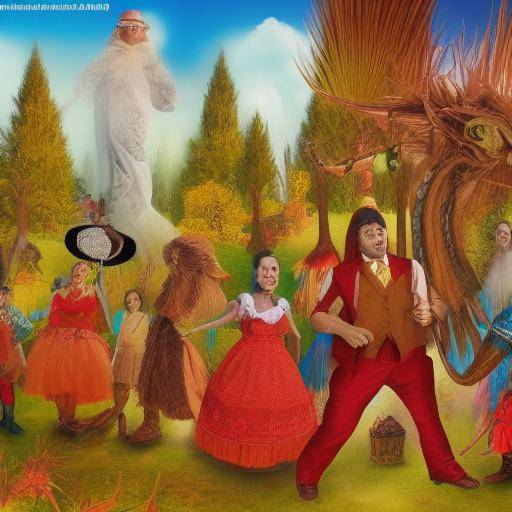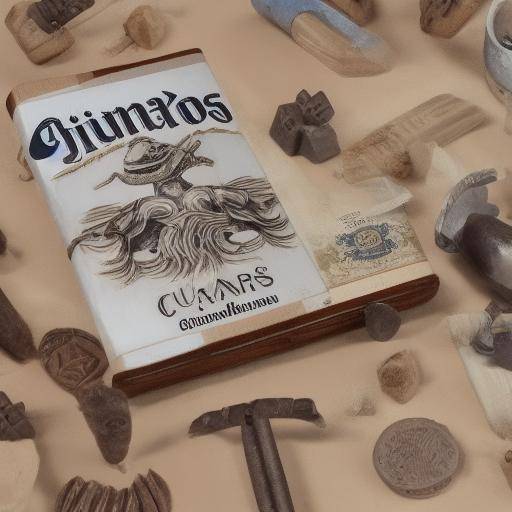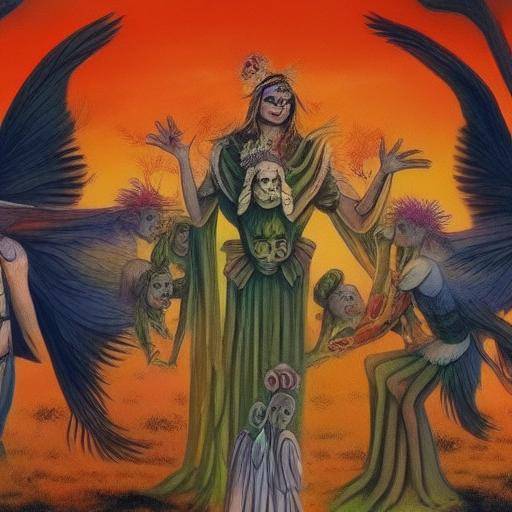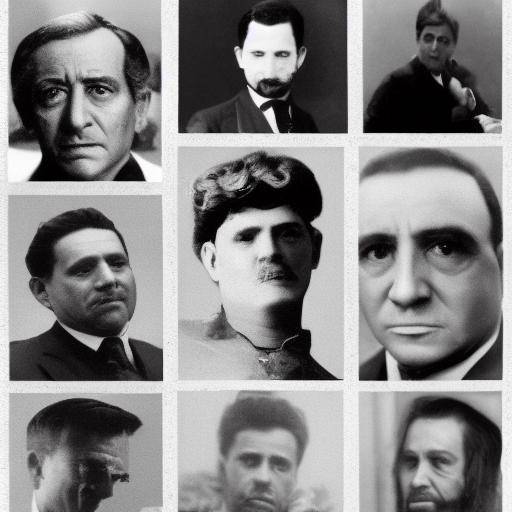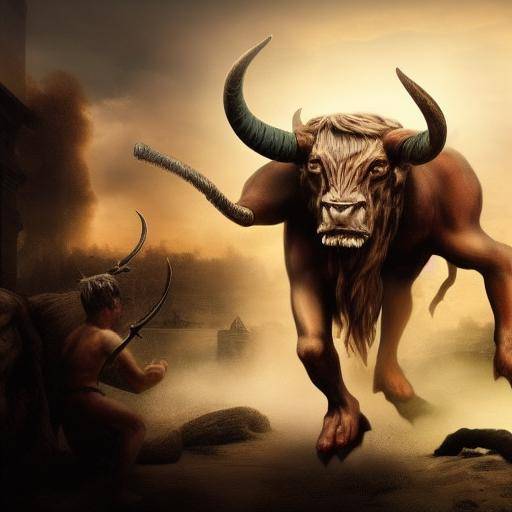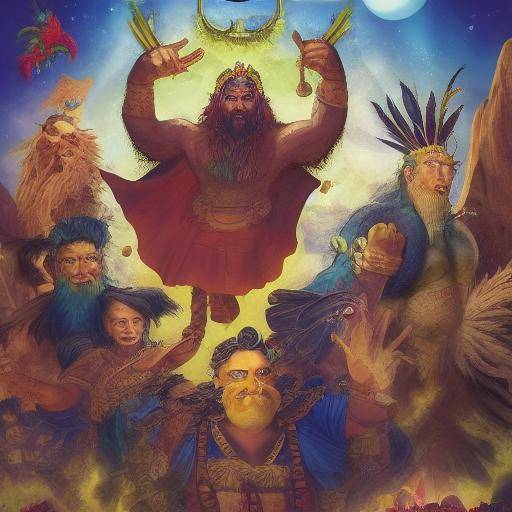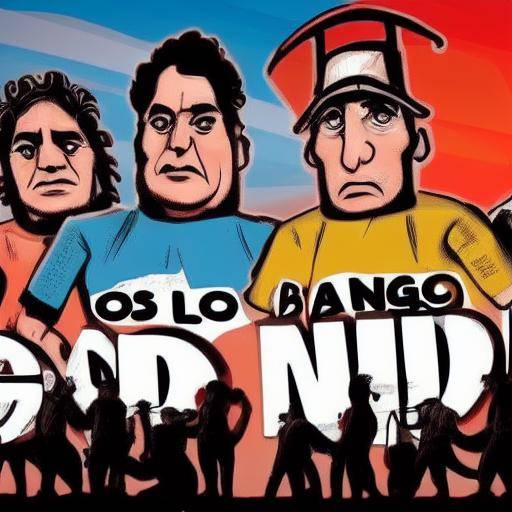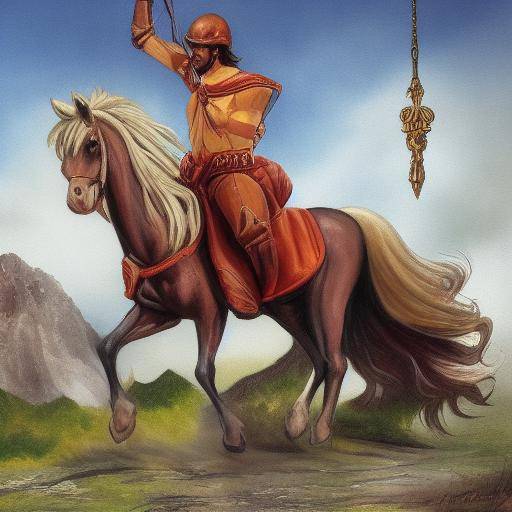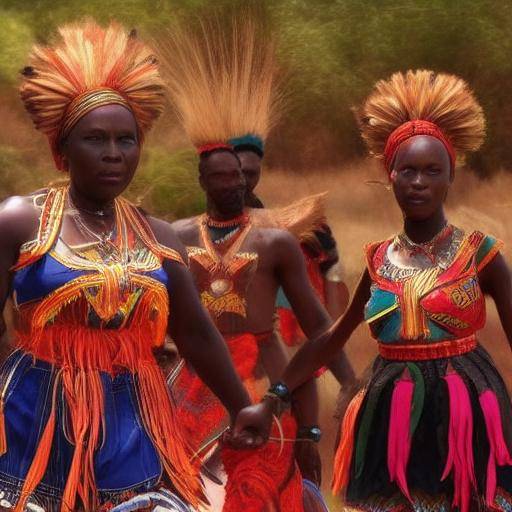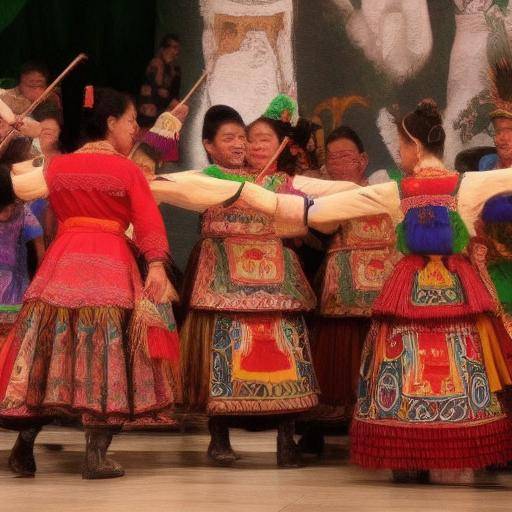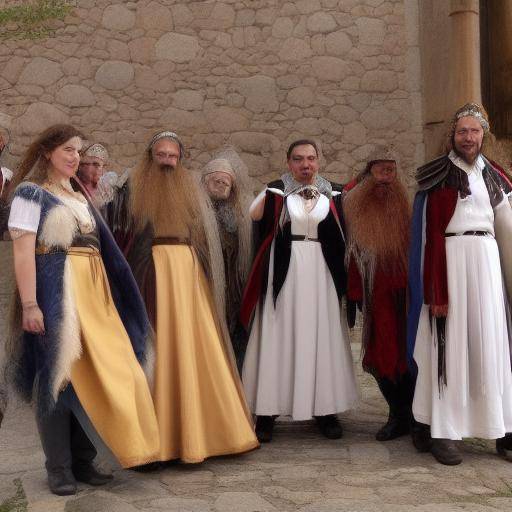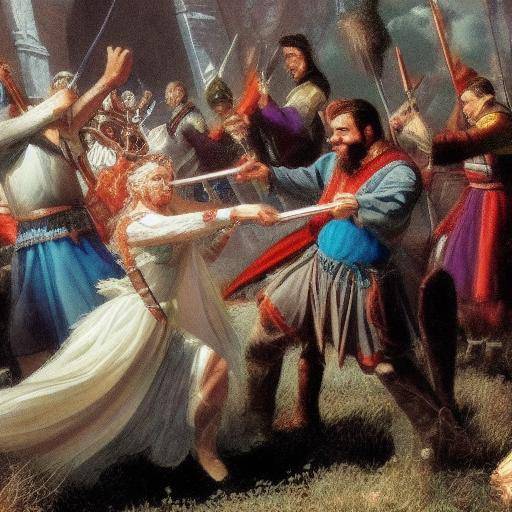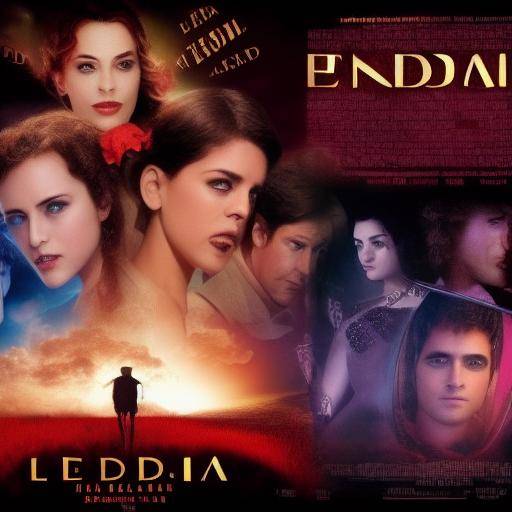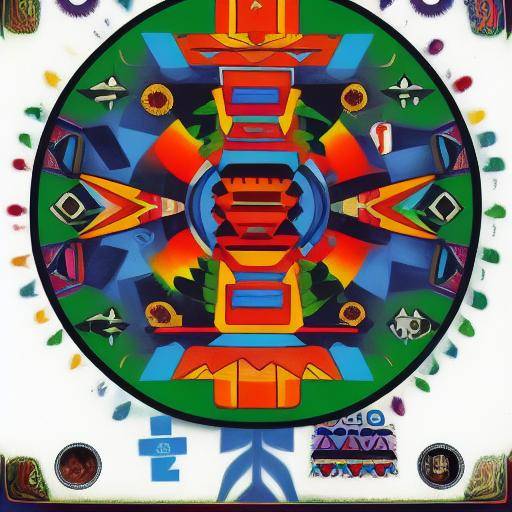
The Aztec calendar has been a source of fascination and mystery for many cultures, which have been marveled by its astronomical precision and its deep connection with mythology and legends of ancient Aztec civilization. In this article, we will explore the meaning of the Aztec calendar, its relation to mythology and legends surrounding it, as well as its impact on the culture and society of that time. Get ready to get into the intriguing world of the Aztec calendar.
Introduction
The Aztec calendar, commonly known as the "Piedra del Sol", is one of the most significant contributions of ancient Aztec civilization. Its complex structure and deep connection with mythology and legends make it an object of great interest for both scholars and enthusiasts of ancient cultures. In this article, we will explore in detail its meaning, origin, symbolism and the stories surrounding it, providing a deep look at a crucial component of the Aztec cosmovision.
History and Background
The Aztec calendar, also known as Piedra del Sol, is one of the most impressive works of ancient Mesoamerican civilization. It is believed that it was created during the reign of the sixth Aztec emperor, Moctezuma II, in the sixteenth century. This artifact is a visual representation of Mesoamerican time, comprising two cycles: the xiuhpohualli, a 365-day agricultural solar cycle, and the tonalpohualli, a 260-day sacred cycle.
The massive circular stone, carved from the basalt and with a diameter of more than 3 meters, contains intricate symbols and representations that reflect the vision of the Aztec world and its relation to mythology and legends. The astronomical accuracy of the Aztec calendar has been the object of admiration and study over the centuries, which shows the advanced knowledge of the astronomical astronomical astronomicals possessed by the Aztecs.
Meaning and Symbolism
The Aztec calendar not only worked as a tool to measure time, but was also impregnated with religious and mythological symbolism. Each of its components represented important aspects of Aztec mythology, as well as aspects of everyday life and the relationship with the gods.
The structure of the Aztec calendar, with its complex divisions and symbols, reflects the interconnection between time, mythology and legends. The different glyphs and figures represent deities, historical events, sacred rituals and cosmic concepts fundamental to the Aztec worldview.
Mythology and Legends
The Aztec calendar is closely linked to mythology and legends of Aztec culture. The stories of creation, gods and heroes are intertwined with the time cycles represented in stone, providing a mythological and mystical context to the extent of time.
Aztec legends, transmitted orally over generations, have had a significant impact on the interpretation and understanding of the Aztec calendar. The accounts of the exploits of Quetzalcóatl, Huitzilopochtli and Tlaloc, among other gods, are intertwined with symbols and representations in stone, giving life and meaning to their complex images.
Cultural and Legacy Influence
The legacy of the Aztec calendar transcends its original function as a time measurement system. Its cultural impact and symbolic importance have endured over the centuries, influencing the modern understanding of Aztec mythology and the appreciation of the art and science of that civilization.
The visual representation of time and its relation to mythology and legends in the Aztec calendar remain a source of inspiration for artists, academics and curious people of the Mesoamerican world. Its influence extends to areas as diverse as art, literature, astronomy and spirituality, consolidating its place as an enduring icon of Aztec culture.
Future Research and Conclusions
As research and understanding of Aztec mythology continue to evolve, the Aztec calendar will remain a subject of great relevance and interest. Future research promises to shed light on still unknown aspects of its symbolism and its connection to Aztec legends and myths. The legacy of the Aztec calendar will continue to inspire and captivate future generations, keeping alive the rich heritage of ancient Mesoamerican civilization.
Frequently asked questions
1. Why is Aztec calendar so important in Aztec culture?
The Aztec calendar was fundamental to the daily life of the Aztecs, as it governed the moments conducive to sowing, religious holidays and other aspects of their social organization. Moreover, his deep connection with mythology and legends gave him a sacred and mystical meaning that transcended his practical usefulness.
2. What is the relationship between the Aztec calendar and worship of the gods?
The Aztec calendar reflects the Aztec cosmovision, where time and natural cycles intertwine with the deities and sacred aspects of life. Each component of the calendar was associated with particular deities and religious rituals, which strengthened the connection between time, mythology and devotional practices.
3. What aspects of Aztec mythology are represented in the calendar?
The Aztec calendar incorporates symbols and figures that represent the main gods, cosmological events and myths of the creation of the world according to Aztec culture. This includes deities such as Quetzalcóatl, Tláloc, Tezcatlipoca and Huitzilopochtli, among others, as well as legendary episodes that shaped the Aztec universe.
4. How does the Aztec calendar relate to astronomy?
The Aztec calendar demonstrates a deep astronomical knowledge on the part of Aztec civilization, which is reflected in the accuracy of its calculations on the movements of the stars and the measurement of time. This ancestral knowledge has marveled at modern researchers for their accuracy and complexity.
5. What is the legacy of the Aztec calendar today?
The legacy of the Aztec calendar is manifested in multiple cultural expressions, from art to contemporary spirituality. Its influence persists in the collective imagination, inspiring works of art, academic research and celebrations of Mesoamerican culture.
6. Has the meaning of all the Aztec calendar symbols been completely deciphered?
While significant progress has been made in understanding the Aztec calendar, some aspects of its symbolism still awaken debates and speculation among experts. The mysticism that surrounds it continues to be the subject of study and interpretation, ensuring that its riddle lasts in time.
With this deep exploration of the Aztec calendar, its relationship with mythology and legends, and its cultural legacy, the lasting importance of this emblematic artifact is highlighted. Its impact on the understanding of ancient Aztec civilization, as well as its influence on contemporary culture, make it an invaluable treasure of human history.

